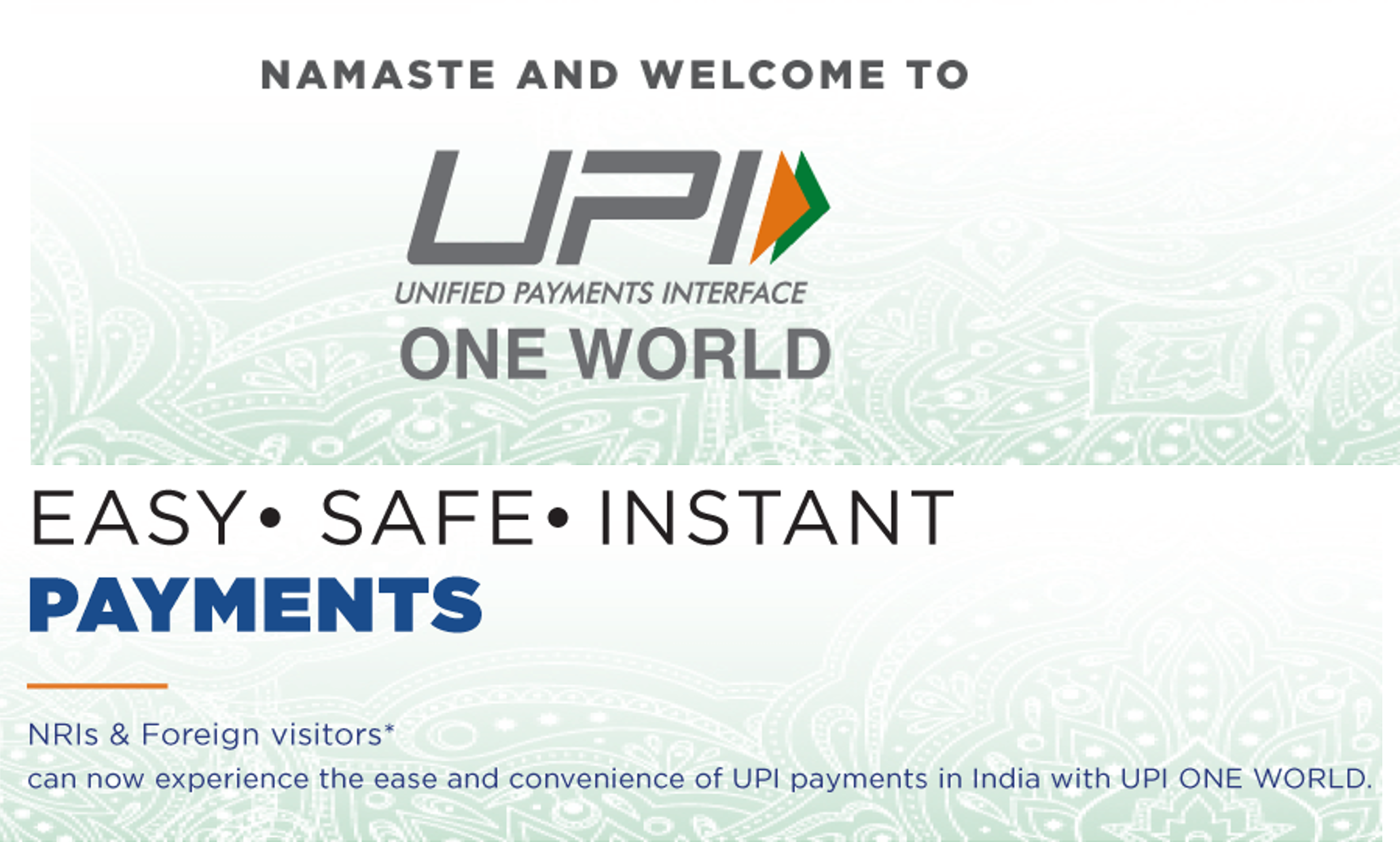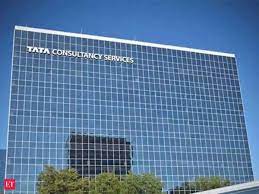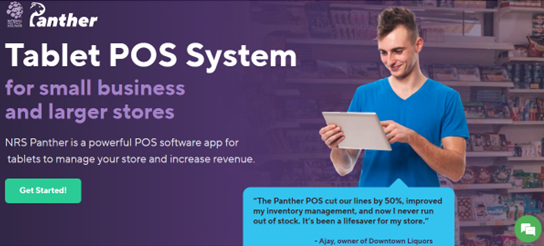Business Strategy with Hirav Shah By implementing a well-defined framework, organizations can foster a culture of efficiency, productivity, and continuous improvement

In the competitive world of business, having an efficient and effective system in place for managing your processes is essential. This is where the power of a framework comes into play.
- By implementing a well-defined framework, businesses can streamline their operations, improve productivity, and achieve their goals with greater ease.
- In this article, we will explore the significance of implementing a system for business processes and how it can benefit your organization.
Understanding the concept of a framework
Implementing a framework for business processes is crucial for organizations seeking to optimize their operations and drive success.
What is Framework?
- A framework can be defined as a structured approach or set of guidelines that provides a roadmap for managing processes and achieving goals.
- It acts as a blueprint for businesses, outlining the necessary steps and best practices required to streamline operations and ensure consistency.
Benefits of implementing a framework for business processes
- First and foremost, a framework helps businesses establish consistency and standardization.
- A framework provides businesses with a clear structure and direction, ensuring that everyone is on the same page and working towards a common goal.
- It helps in establishing standardized workflows, allocating resources efficiently, and identifying areas for improvement.
- By implementing a well-defined framework, organizations can foster a culture of efficiency, productivity, and continuous improvement.
- Implementing a framework also enables organizations to identify and eliminate bottlenecks and inefficiencies within their processes.
- By mapping out current processes and analyzing them, businesses can identify areas for improvement and implement changes that optimize workflows and enhance productivity.
- This can result in cost savings, improved resource allocation, and ultimately, a healthier bottom line.
Common types of frameworks used in business
There are several types of frameworks commonly used in business, each with its own unique characteristics and applications. Some of the most widely used frameworks include:
1. Lean Six Sigma:
This framework focuses on minimizing waste and variability in business processes, resulting in improved quality, reduced costs, and increased customer satisfaction.
2. Agile:
- Originally developed for software development, the Agile framework has gained popularity across various industries.
- It emphasizes iterative and collaborative work, enabling businesses to quickly adapt to changing requirements and deliver value to customers.
3. ITIL (Information Technology Infrastructure Library):
- This framework is specifically designed for managing IT services.
- It provides a set of best practices for delivering reliable, cost-effective IT services that align with the needs of the business.
4. ISO (International Organization for Standardization):
- ISO frameworks provide businesses with internationally recognized standards for quality management, information security, environmental management, and more.
- Implementing ISO frameworks can enhance the credibility and reputation of organizations, making them more attractive to customers and stakeholders.
These are just a few examples of the frameworks available to businesses. The choice of framework depends on the specific needs and goals of the organization, as well as the industry in which it operates.
Steps to implement a framework for business processes
Implementing a framework for business processes requires careful planning, execution, and monitoring. Here are the key steps involved in implementing a framework:
1. Identifying and mapping your current business processes
2. Analyzing gaps and areas for improvement in your current processes
3. Designing and documenting your new framework
4. Implementing the new framework and managing change within your organization
5. Monitoring and evaluating the effectiveness of your framework
By following these steps, businesses can successfully implement a framework for their processes and drive positive outcomes.
Conclusion: The impact of a well-implemented framework on business success
- Once the new framework has been implemented, it is crucial to monitor and evaluate its effectiveness continuously.
- This involves setting key performance indicators (KPIs) and regularly measuring and analyzing the results.
- Monitor the performance of your processes against the defined KPIs and identify any areas that may require further improvement.
- Seek feedback from employees and customers to gain insights into how the new framework is impacting their experience.
- Use this feedback to make necessary adjustments and refine your processes as needed.
- Regularly review and update your documentation to reflect any changes or improvements to the framework.
- By continuously monitoring and evaluating your framework, you can ensure that it remains effective and aligned with your organization’s goals.
The writer is a well-known Business Turnaround Specialist, Astro-Strategist, and Best-Selling Author.
Email: [email protected]

























